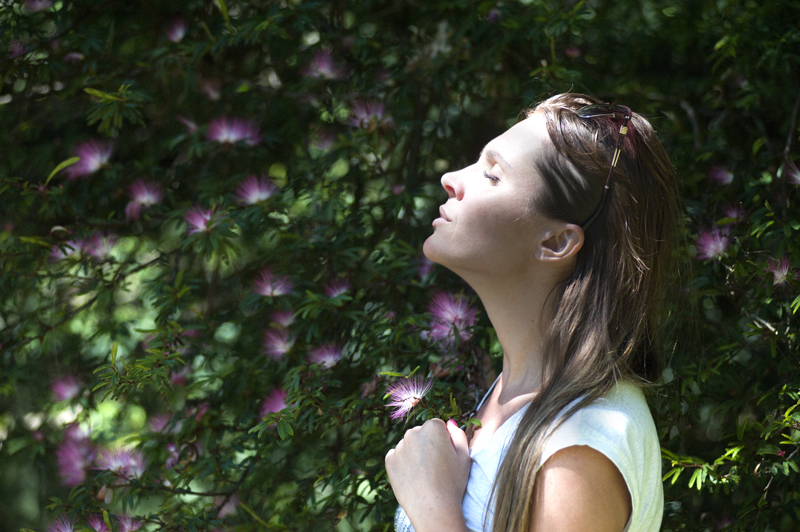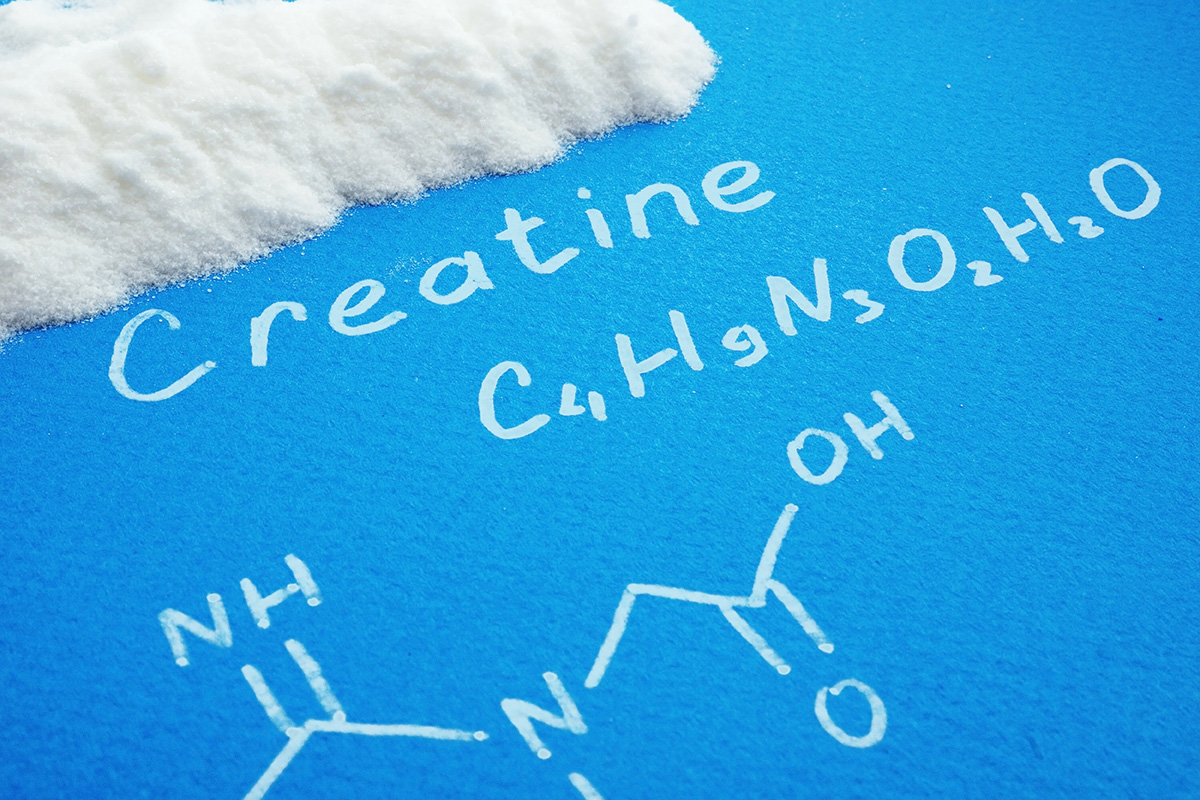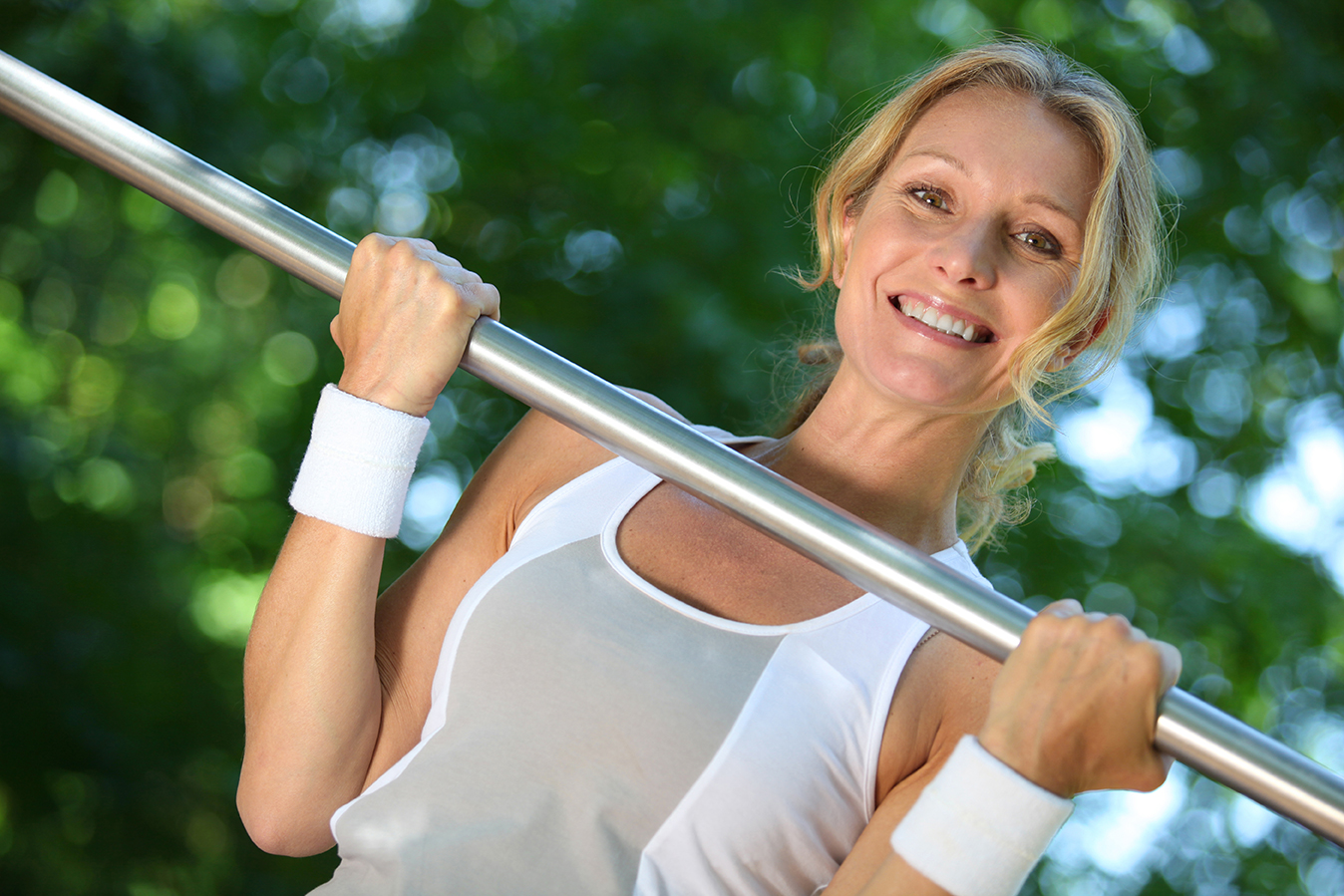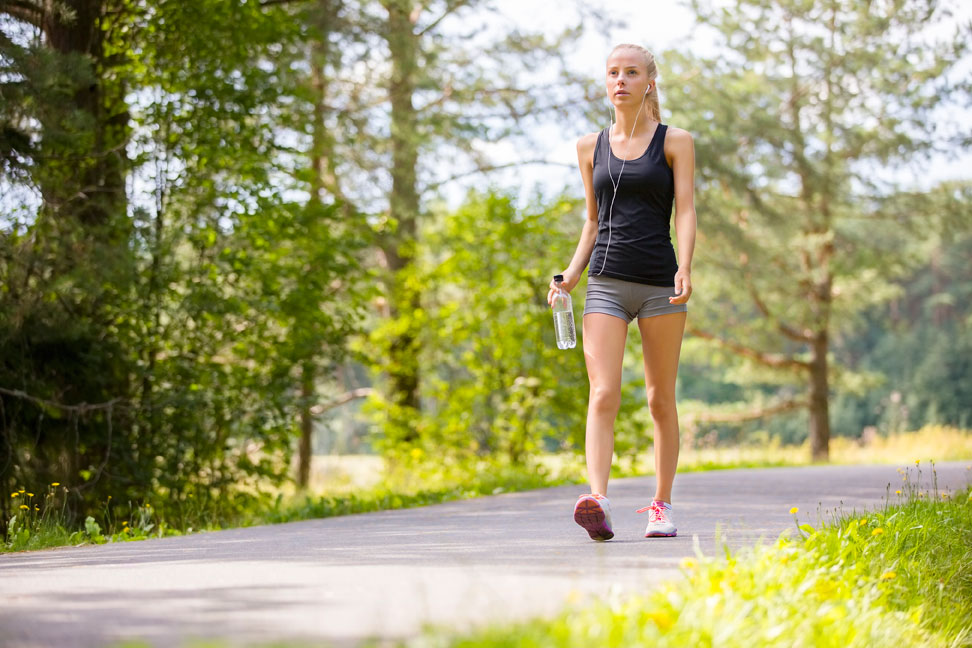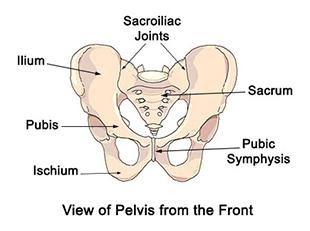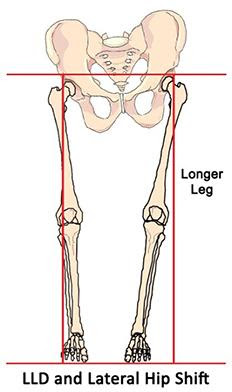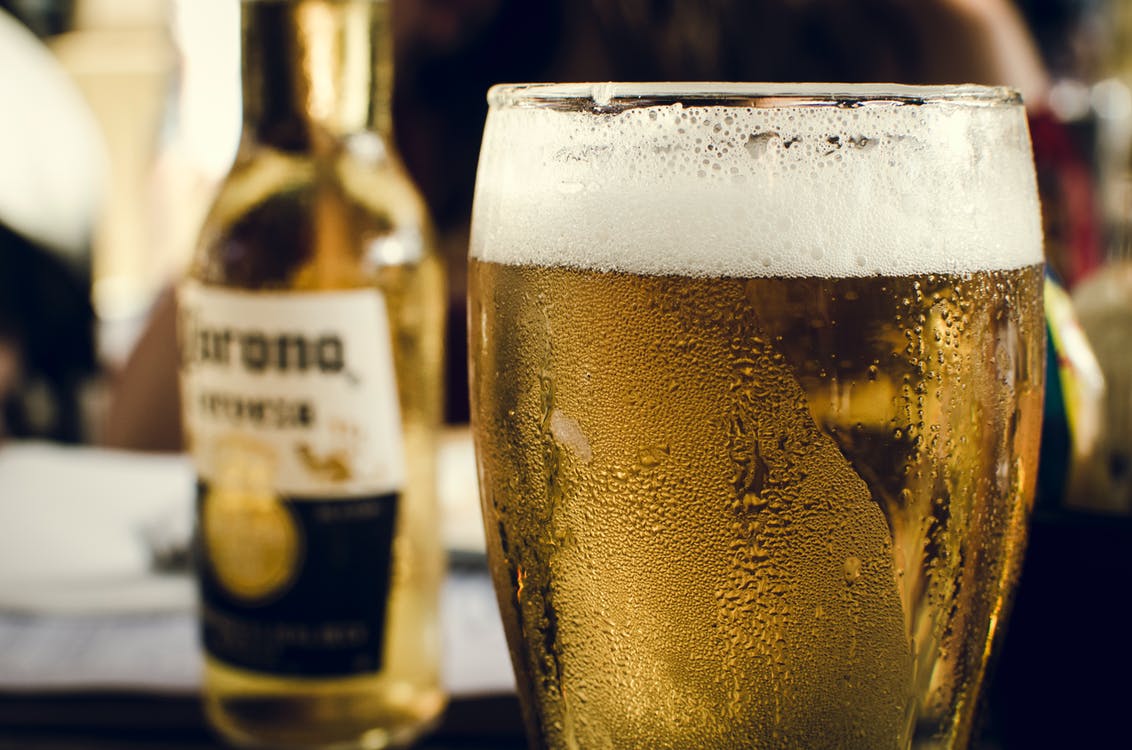Once You Lose Weight, Can You Keep It Off?
“I lost 10 pounds and vowed to keep them off, but no such luck. I’m so discouraged.”
“I reached my goal weight, then BOOM, I regained it once I stopped dieting.
“This is my 3rd time losing 40 pounds…”
If any of those stories sound familiar, you are not alone. Research suggests dieters tend to regain lost weight within five years, if not sooner. This includes many fitness exercisers and athletes who struggle to stay at a goal weight.
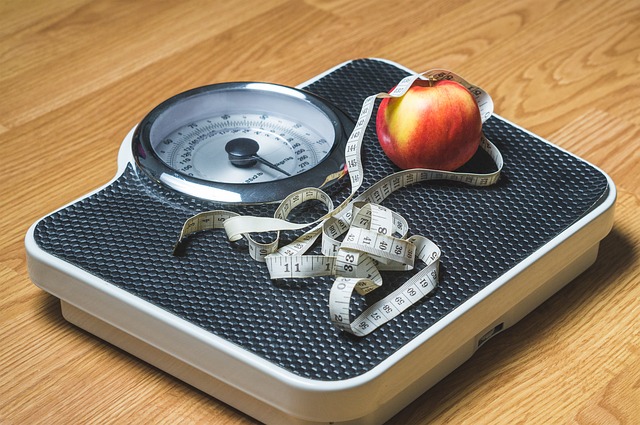
If you are fearful of regaining your hard-lost weight, this article will help you understand why maintaining lost weight takes effort. Paul MacLean, PhD, Professor of Medicine & Pathology at the University of Colorado School of Medicine, has carefully studied weight regain. He notes three reasons why dieters regain weight: biology, behavior, and environment.
Biology: The body has a strong biological drive to regain lost weight, as noted with increased appetite and a slowed metabolic rate. As backlash from dieting, the body learns to store fuel very efficiently as fat.
Behavior: After three to nine months, dieters tend to be less strict with their low-calorie diets; they often report they have hit a weight plateau. Despite self-reported claims they are diligently dieting (yet only maintaining weight), these dieters can become discouraged and less adherent. (Note: Diligently dieting anecdotes are hard to verify.)
Environment: We live in an obesogenic environment with easy access to ultra-processed foods, a sedentary lifestyle, and chemicals that contribute to weight gain including those found in upholstered furniture, pesticides, cosmetics, and who knows where else. Weight is far more complex than self-induced over-eating and under-exercising!
When adding on exercise, some people lose weight and some gain weight. Exercise alone does not guarantee fat loss. Exercisers who lose weight tend to keep the weight off if they stick with their exercise program. High levels of exercise are linked with greater success. That’s good news for athletes who train regularly! That said, a fine line exists between compulsive exercisers (who exercise to burn off calories) and athletes (who train to improve their performance). Fear of weight gain can impact both groups.
Questions arise:
- Is weight maintenance more about being compliant to a restrictive eating plan than to exercise?
- Do those who comply with a strict diet escape weight-regain?
- Are exercisers more likely to stay on their diet?
- Does exercise create metabolic adaptations that favor maintaining lost weight?
Research with rodents
Finding answers to these questions is hard to do in humans because of biology, behaviors, and environment. So MacLean turned to studying formerly obese rodents who had lost weight by being put “on a diet” and then were allowed to eat as desired for 8 weeks. Some weight-reduced rodents stayed sedentary while others got exercised.
- Fancy cages accurately measured the rodents’ energy intake and energy expenditure. MacLean was able to see how many calories the rodents burned and if they preferentially burned carbohydrate, protein, or fat for fuel.
- The exercise reduced-obese rodents ate less than the sedentary rodents and they regained less weight. Exercise seemed to curb their drive to overeat, meaning they felt less biological pressure to go off the diet. With exercise, their appetites more closely matched their energy needs.
- Exercise promoted the burning of dietary fat for fuel. Hence, the exercised rodents converted less dietary fat into body fat. They used carbohydrate to replenish depleted glycogen stores. Note: Carbohydrate inefficiently converts into body fat. That is, converting carb (and also protein) into body fat uses ~25% of ingested calories to pay for that energy deposition. To convert dietary fat into body fat requires only ~2% of ingested calories. Given the calorie-burn of exercise plus the metabolic cost of converting carbs into body fat, the exercised rodents regained less weight.
- The sedentary rodents ate heartily and were content to be inactive. Their bodies efficiently converted dietary fat into body fat; they used carb & protein to support their limited energy needs. They easily regained weight.
The Depressing News
When followed over time, the longer the rodents were weight-reduced, the stronger their appetites and drive to eat got. When allowed to eat as desired, they quickly regained the weight. “At least people, as compared to rodents, can be taught to change their eating behaviors to help counter those biological pressures,” noted MacLean. For example, people who have lost weight can stop buying fried foods, store snacks out of sight, limit restaurant eating, etc.
More depressing news. Most of MacLean’s data is from reduced-obese male rodents. Exercised males showed less weight regain than did exercised females. The female rodents seemed to know they needed extra energy to exercise, so they ate more and regained weight. MacLean states we need more research to understand the clear differences in the biological drive to regain weight.
A glimmer of hope
The best way to maintain weight is to not gain it in the first place. Yes, easier said than done (as stated upfront), but at least athletic people who maintain a consistent exercise program can curb weight regain. We can also change our behaviors to minimize weight regain by prioritizing sleep, curbing mindless eating, and choosing minimally processed foods.
Ideally, the sports culture will change so that athletes can focus less on weight and more on performance. It’s time to acknowledge that athletes, like dogs, come in many sizes and shapes. Some athletes are like St. Bernards, others are like Greyhounds. A starved St. Bernard does not become a Greyhound, but rather a miserable St. Bernard.
By fueling your genetic body type and focusing on how well you can perform, you can enjoy being stronger, more powerful—and likely can still meet your sports goals. When being leaner comes with a life-long sentence to Food & Exercise Jail, you might want to think again?
Nancy Clark MS RD CSSD counsels both fitness exercisers and competitive athletes in the Boston-area (Newton; 617-795-1875). Her best-selling Sports Nutrition Guidebook is a popular resource, as is her online workshop. Visit NancyClarkRD.com for more info.


